Home>Storage & Organization>Kitchen Organizing Tools>What Kind Of Litter Box Do Cats Prefer
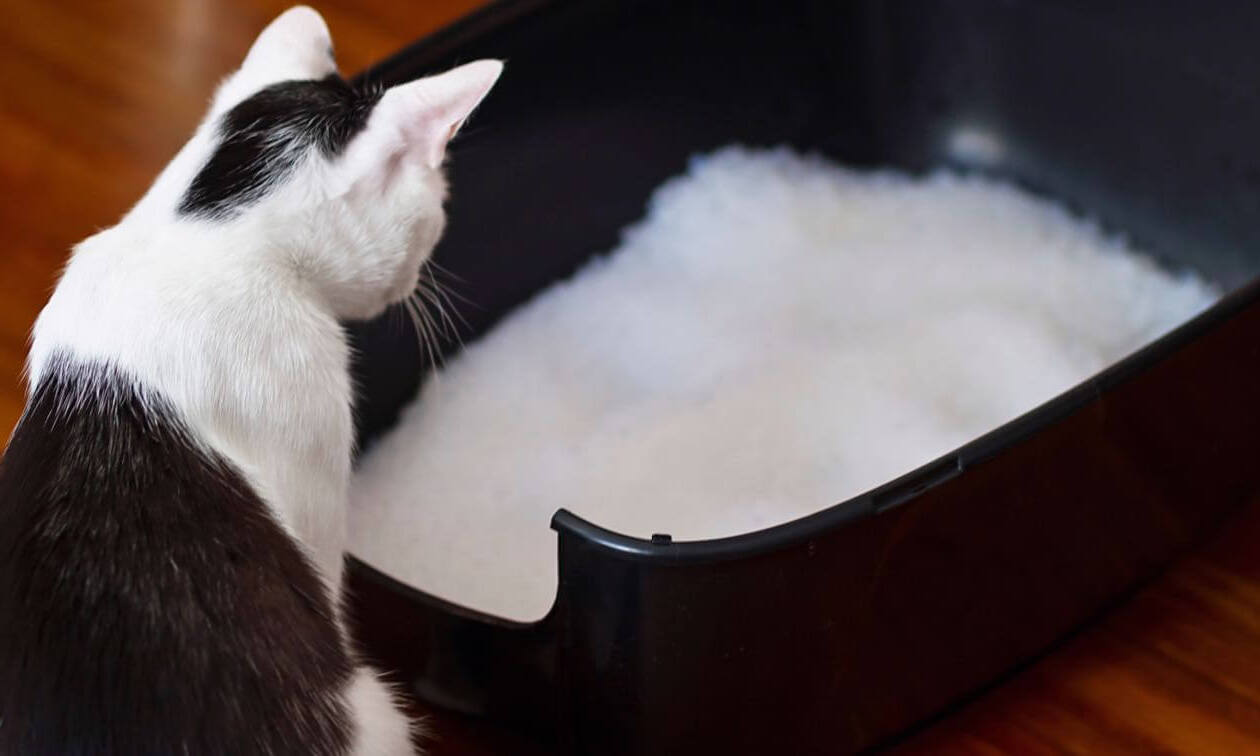

Kitchen Organizing Tools
What Kind Of Litter Box Do Cats Prefer
Published: February 23, 2024
Discover the best litter box for your cat with our comprehensive guide. Find the top kitchen organizing tools for a clean and tidy space.
(Many of the links in this article redirect to a specific reviewed product. Your purchase of these products through affiliate links helps to generate commission for Storables.com, at no extra cost. Learn more)
Introduction
When it comes to keeping our kitchens organized, having the right tools can make all the difference. Just as a well-equipped kitchen can streamline meal preparation, a well-organized kitchen can enhance efficiency and create a more enjoyable cooking experience. One essential aspect of kitchen organization is having the right tools for storing and accessing items effectively. From utensil organizers to spice racks, there are numerous kitchen organizing tools designed to optimize space and simplify daily tasks.
In this comprehensive guide, we will explore various kitchen organizing tools, their functionalities, and how they can contribute to a more organized and efficient kitchen. Whether you're a culinary enthusiast, a busy parent, or someone who simply enjoys a tidy cooking space, this guide will provide valuable insights into the world of kitchen organization. So, let's dive in and discover the essential kitchen organizing tools that can elevate your culinary environment to new heights of functionality and aesthetics.
Key Takeaways:
- Cats may prefer covered or top-entry litter boxes for privacy and less litter scatter. Consider your cat’s preferences, litter containment, and household dynamics when choosing the right litter box for a harmonious bathroom experience.
- Self-cleaning litter boxes save time and maintain a hygienic environment. Consider your cat’s adjustment period, maintenance, and litter compatibility to make an informed choice that benefits both cats and owners.
Read more: What Kind Of Litter Box Is Best For Cats
Traditional Litter Boxes
Traditional litter boxes are the most basic and commonly used type of litter box for cats. They typically consist of a rectangular or square-shaped plastic container with low sides, allowing easy access for cats to enter and exit. These simple yet effective litter boxes are available in various sizes to accommodate different cat breeds and household spaces.
One of the key advantages of traditional litter boxes is their affordability and simplicity. They are widely accessible and come in a range of colors and designs to suit different preferences. Additionally, their open-top design allows for easy monitoring of the litter level and cleanliness, making it convenient for cat owners to maintain a hygienic environment for their pets.
However, traditional litter boxes also have some limitations. The open design can lead to litter scatter, as cats may kick litter out of the box while covering their waste. This can result in additional cleaning efforts for pet owners. Moreover, some cats may prefer more privacy while using the litter box, which traditional models may not provide.
To address these concerns, cat owners can explore various accessories and add-ons to enhance the functionality of traditional litter boxes. For instance, placing a litter mat around the box can help contain scattered litter, minimizing the need for frequent sweeping or vacuuming. Additionally, some cat owners opt to pair traditional litter boxes with privacy hoods or covers, providing cats with a secluded space for their bathroom activities.
Overall, traditional litter boxes serve as a foundational option for cat owners, offering simplicity and accessibility. While they may require additional maintenance to manage litter scatter, their versatility and cost-effectiveness make them a popular choice for many households. As we delve into other types of litter boxes, it's important to recognize the enduring appeal and practicality of traditional models in meeting the basic needs of both cats and their owners.
Covered Litter Boxes
Covered litter boxes, also known as hooded or enclosed litter boxes, offer a solution to the privacy and litter scatter concerns associated with traditional open-top models. These litter boxes feature a hood or cover that encloses the main compartment, providing cats with a secluded space for their bathroom activities. The enclosed design helps contain litter and odor, creating a more discreet and visually tidy environment for both cats and their owners.
One of the primary benefits of covered litter boxes is the enhanced privacy they offer to cats. Many felines prefer a sense of seclusion while using the litter box, and the enclosed design provides a private sanctuary for them to fulfill their natural instincts. This can be particularly beneficial in multi-pet households or busy environments where cats may seek a quiet and undisturbed space for their bathroom routines.
In addition to privacy, covered litter boxes are effective in minimizing litter scatter. The hooded design helps confine the litter within the box, reducing the amount of stray particles that end up outside the designated area. This can contribute to a cleaner and more organized living space, as pet owners can spend less time cleaning up scattered litter around the litter box.
While covered litter boxes offer several advantages, it's important to consider potential drawbacks as well. The enclosed nature of these litter boxes can trap odors inside, necessitating regular cleaning and maintenance to ensure a fresh and hygienic environment. Additionally, some cats may initially feel hesitant to use a covered litter box due to the confined space, especially if they are accustomed to open-top models. Introducing the covered litter box gradually and providing positive reinforcement can help cats acclimate to the new setup.
To enhance the functionality of covered litter boxes, cat owners can incorporate accessories such as odor-absorbing litter, deodorizing sprays, and regular cleaning routines. Additionally, selecting a spacious covered litter box that accommodates the size and mobility of the cat can contribute to a comfortable and inviting bathroom environment.
In summary, covered litter boxes offer a balance of privacy and cleanliness, addressing the preferences of both cats and their owners. By providing a secluded space and containing litter scatter, these litter boxes contribute to a more organized and hygienic living environment. Understanding the benefits and considerations associated with covered litter boxes can empower cat owners to make informed decisions that cater to the well-being and comfort of their feline companions.
Self-Cleaning Litter Boxes
Self-cleaning litter boxes, also known as automatic litter boxes, represent a revolutionary solution to the maintenance and upkeep of cat litter. These innovative devices are designed to automate the process of removing waste and clumped litter, offering convenience and efficiency for cat owners. The functionality of self-cleaning litter boxes is centered around sensor-based technology and automated mechanisms that detect and eliminate waste, minimizing the need for manual scooping and cleaning.
One of the primary advantages of self-cleaning litter boxes is the time-saving aspect they provide to cat owners. By automating the waste removal process, these litter boxes reduce the frequency of manual scooping, allowing pet owners to allocate their time and energy to other responsibilities and activities. This can be particularly beneficial for individuals with busy schedules or limited mobility, as the self-cleaning feature streamlines the maintenance of the litter box without compromising hygiene.
In addition to time-saving benefits, self-cleaning litter boxes contribute to a more hygienic and odor-controlled environment. The automated waste removal process helps minimize the presence of soiled litter, reducing the potential for odor buildup and bacterial growth. This can create a fresher and more pleasant living space for both cats and their owners, enhancing overall comfort and cleanliness within the household.
While self-cleaning litter boxes offer notable advantages, it's important to consider certain factors when incorporating these devices into a cat's environment. Some cats may require an adjustment period to acclimate to the automated cleaning process and the mechanical sounds associated with self-cleaning litter boxes. Providing positive reinforcement and gradual introduction can help cats feel at ease with the new litter box setup.
Furthermore, maintenance and upkeep of self-cleaning litter boxes are essential to ensure optimal functionality. Regular cleaning and monitoring of the automated components, such as sensors and waste receptacles, are necessary to prevent malfunctions and maintain a reliable waste management system. Additionally, selecting high-quality clumping litter that is compatible with the self-cleaning mechanism can contribute to efficient waste removal and overall performance.
In summary, self-cleaning litter boxes offer a modern and convenient approach to managing cat litter, delivering time-saving benefits and improved hygiene. By automating waste removal and odor control, these innovative devices cater to the needs of both cats and their owners, contributing to a more organized and harmonious living environment. Understanding the functionalities and considerations associated with self-cleaning litter boxes empowers cat owners to make informed choices that align with the well-being and comfort of their feline companions.
Top-Entry Litter Boxes
Top-entry litter boxes represent a unique and innovative approach to managing cat litter, offering distinct advantages in terms of space efficiency, litter containment, and privacy for feline companions. Unlike traditional open-top or covered litter boxes, top-entry models feature a design where cats enter and exit the litter box through a top opening, resembling a small enclosed container with a lid.
One of the primary benefits of top-entry litter boxes is their space-saving design. The compact footprint of these litter boxes makes them ideal for households with limited floor space, as they can be placed in corners or tucked away in discreet areas without occupying significant room. This space-efficient feature contributes to a more organized and visually uncluttered living environment, allowing cat owners to optimize their available space while providing a dedicated area for their pet's bathroom needs.
In addition to space efficiency, top-entry litter boxes excel in containing litter scatter and minimizing tracking outside the box. The enclosed nature of the top opening prevents cats from kicking litter out of the box as they exit, effectively reducing the spread of stray particles around the surrounding area. This containment feature contributes to a cleaner and more organized living space, as pet owners can spend less time sweeping or vacuuming stray litter.
Furthermore, top-entry litter boxes offer an added layer of privacy for cats during their bathroom activities. The enclosed design creates a secluded and secure environment for feline companions, catering to their natural instincts and providing a sense of privacy and comfort. This can be particularly beneficial for cats that prefer a quiet and undisturbed space for their litter box routines, contributing to their overall well-being and contentment.
While top-entry litter boxes offer notable advantages, it's important to consider the accessibility and adaptability for cats, especially those with mobility challenges or age-related limitations. Providing a gradual introduction to the top-entry litter box and ensuring that the opening is easily accessible for cats of varying sizes and physical abilities can contribute to a positive and seamless transition to this unique litter box design.
In summary, top-entry litter boxes present a space-efficient, litter-containment, and privacy-enhancing solution for cat owners seeking an organized and functional approach to managing cat litter. By addressing the needs of both cats and their owners, these innovative litter boxes contribute to a harmonious and well-organized living environment, aligning with the goal of creating a comfortable and hygienic space for feline companions. Understanding the benefits and considerations associated with top-entry litter boxes empowers cat owners to make informed choices that prioritize the well-being and satisfaction of their beloved pets.
Read more: What Is A Cat Litter Box
Automatic Litter Boxes
Automatic litter boxes, also known as self-cleaning litter boxes, have revolutionized the way cat owners manage their pets' litter. These innovative devices are designed to automate the process of removing waste and clumped litter, offering unparalleled convenience and efficiency. The functionality of automatic litter boxes is centered around sensor-based technology and automated mechanisms that detect and eliminate waste, minimizing the need for manual scooping and cleaning.
One of the primary advantages of automatic litter boxes is the time-saving aspect they provide to cat owners. By automating the waste removal process, these litter boxes reduce the frequency of manual scooping, allowing pet owners to allocate their time and energy to other responsibilities and activities. This can be particularly beneficial for individuals with busy schedules or limited mobility, as the self-cleaning feature streamlines the maintenance of the litter box without compromising hygiene.
In addition to time-saving benefits, automatic litter boxes contribute to a more hygienic and odor-controlled environment. The automated waste removal process helps minimize the presence of soiled litter, reducing the potential for odor buildup and bacterial growth. This can create a fresher and more pleasant living space for both cats and their owners, enhancing overall comfort and cleanliness within the household.
While automatic litter boxes offer notable advantages, it's important to consider certain factors when incorporating these devices into a cat's environment. Some cats may require an adjustment period to acclimate to the automated cleaning process and the mechanical sounds associated with self-cleaning litter boxes. Providing positive reinforcement and gradual introduction can help cats feel at ease with the new litter box setup.
Furthermore, maintenance and upkeep of automatic litter boxes are essential to ensure optimal functionality. Regular cleaning and monitoring of the automated components, such as sensors and waste receptacles, are necessary to prevent malfunctions and maintain a reliable waste management system. Additionally, selecting high-quality clumping litter that is compatible with the self-cleaning mechanism can contribute to efficient waste removal and overall performance.
In summary, automatic litter boxes offer a modern and convenient approach to managing cat litter, delivering time-saving benefits and improved hygiene. By automating waste removal and odor control, these innovative devices cater to the needs of both cats and their owners, contributing to a more organized and harmonious living environment. Understanding the functionalities and considerations associated with automatic litter boxes empowers cat owners to make informed choices that align with the well-being and comfort of their feline companions.
Factors to Consider
When selecting a litter box for your feline companion, several factors should be taken into consideration to ensure that the chosen option aligns with both your cat's preferences and your household's practical needs. By carefully evaluating these factors, you can make an informed decision that promotes a harmonious and organized environment for both you and your cat.
Cat's Preferences
Understanding your cat's behavior and preferences is crucial when choosing a litter box. Some cats may prefer open-top designs that provide a clear view of their surroundings, while others may seek privacy and seclusion offered by covered or top-entry litter boxes. Observing your cat's behavior and monitoring their litter box habits can provide valuable insights into their preferences, guiding you towards a suitable choice that aligns with their comfort and well-being.
Size and Accessibility
The size and accessibility of the litter box are essential considerations, especially for multi-cat households or households with cats of varying sizes and mobility. Ensuring that the litter box is spacious enough to accommodate your cat comfortably and that the entry point is easily accessible promotes a positive bathroom experience for your feline companion. Additionally, considering the placement of the litter box within your home environment can contribute to a seamless and convenient setup that integrates with your daily routines.
Read more: Why Do Cats Use A Litter Box
Litter Containment
Effective litter containment is a key consideration, particularly for cat owners seeking to minimize litter scatter and tracking outside the litter box area. Enclosed or top-entry litter boxes can help contain litter within the designated space, reducing the need for frequent cleaning and maintenance. Pairing the litter box with a suitable litter mat can further enhance litter containment, contributing to a cleaner and more organized living space.
Odor Control
Maintaining a fresh and odor-free environment is essential for both cats and their owners. When selecting a litter box, considering options with built-in odor control features or compatibility with odor-absorbing litter can contribute to a more pleasant and hygienic living space. Additionally, regular cleaning and maintenance routines play a vital role in managing odor and ensuring a comfortable bathroom environment for your cat.
Household Dynamics
Understanding the dynamics of your household, including the presence of other pets, children, or individuals with specific needs, can influence your choice of a litter box. For example, in multi-pet households, providing multiple litter boxes in separate locations can help prevent territorial issues and promote individual bathroom privacy for each cat. Considering the overall household dynamics enables you to tailor the litter box setup to accommodate the specific needs and dynamics of your living environment.
By carefully evaluating these factors and considering the unique preferences and dynamics of your household, you can select a litter box that promotes a harmonious and organized bathroom experience for your feline companion. Taking into account your cat's preferences, litter containment, odor control, and household dynamics empowers you to make an informed decision that contributes to a comfortable and hygienic living environment for both you and your beloved pet.
Cats generally prefer a litter box that is large enough for them to move around in, with unscented, clumping litter. It’s also important to keep the litter box clean by scooping it daily and changing the litter regularly.
Conclusion
In conclusion, the world of litter boxes offers a diverse array of options, each catering to specific needs and preferences of both cats and their owners. From traditional open-top models to innovative self-cleaning and top-entry designs, the variety of litter boxes reflects a commitment to enhancing the bathroom experience for feline companions while promoting a clean and organized living environment.
As cat owners navigate the selection process, it's essential to consider the unique behaviors and preferences of their cats. Observing how cats interact with their litter boxes can provide valuable insights into their comfort and privacy requirements, guiding the choice towards a suitable design that aligns with their natural instincts.
Furthermore, the practical aspects of litter box selection, such as size, accessibility, litter containment, and odor control, play a pivotal role in creating a harmonious bathroom environment for both cats and their owners. By addressing these factors, cat owners can optimize the functionality and convenience of the litter box setup, contributing to a more organized and hygienic living space.
Ultimately, the goal of selecting the right litter box is to create a comfortable and inviting bathroom environment for feline companions while minimizing the impact on the household's cleanliness and organization. Whether it's providing a secluded space for privacy, containing litter scatter, or automating waste removal, the chosen litter box should align with the well-being and satisfaction of both cats and their owners.
As the journey of cat ownership unfolds, the evolving landscape of litter box options continues to offer innovative solutions that enhance the quality of life for feline companions and their human counterparts. By staying attuned to the needs and behaviors of cats, embracing technological advancements, and prioritizing cleanliness and organization, cat owners can create a cohesive and well-organized living environment that fosters a strong bond between them and their beloved pets.
Frequently Asked Questions about What Kind Of Litter Box Do Cats Prefer
Was this page helpful?
At Storables.com, we guarantee accurate and reliable information. Our content, validated by Expert Board Contributors, is crafted following stringent Editorial Policies. We're committed to providing you with well-researched, expert-backed insights for all your informational needs.
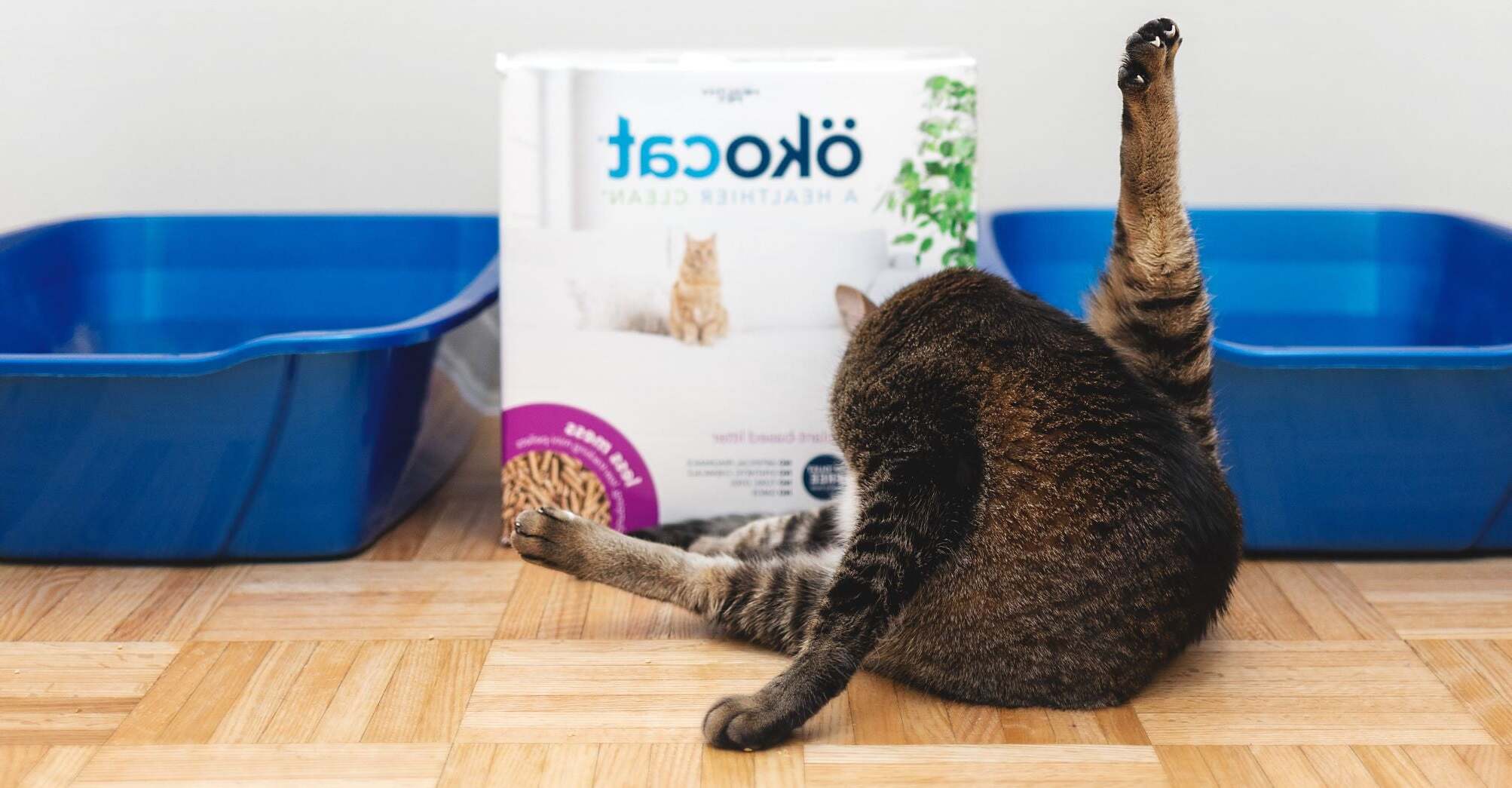
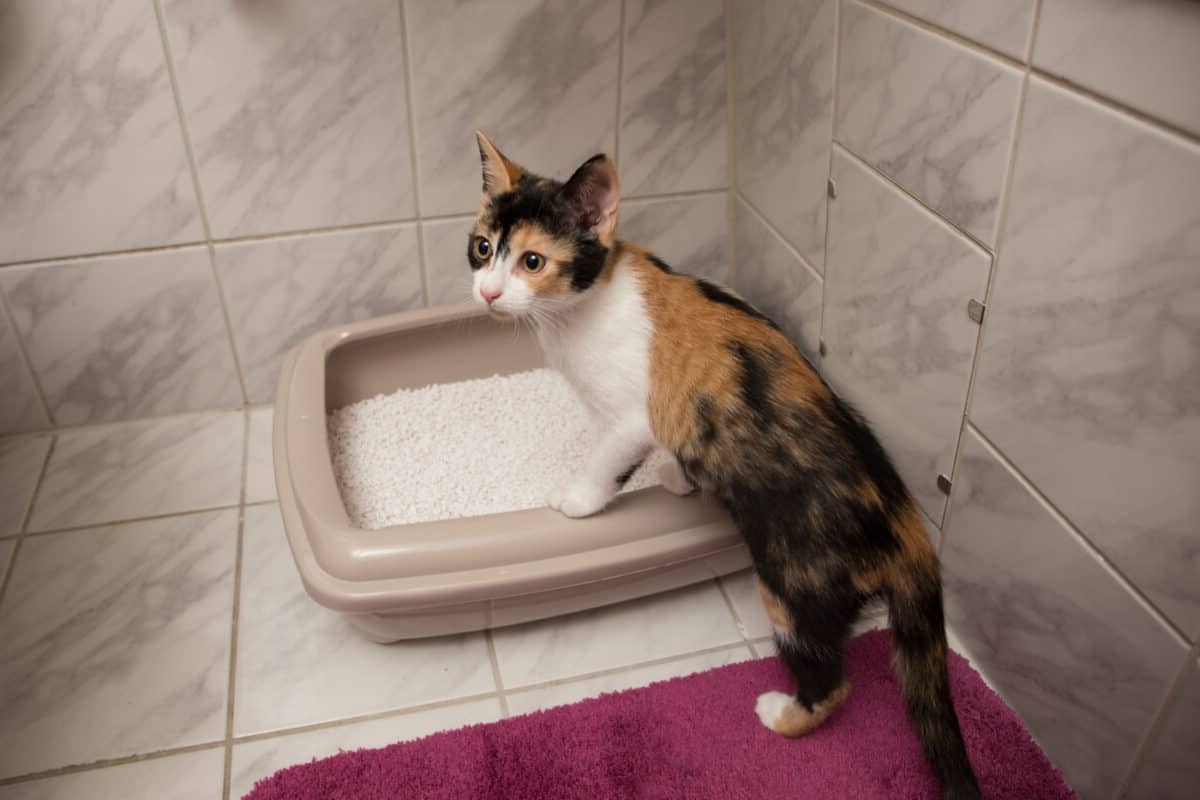
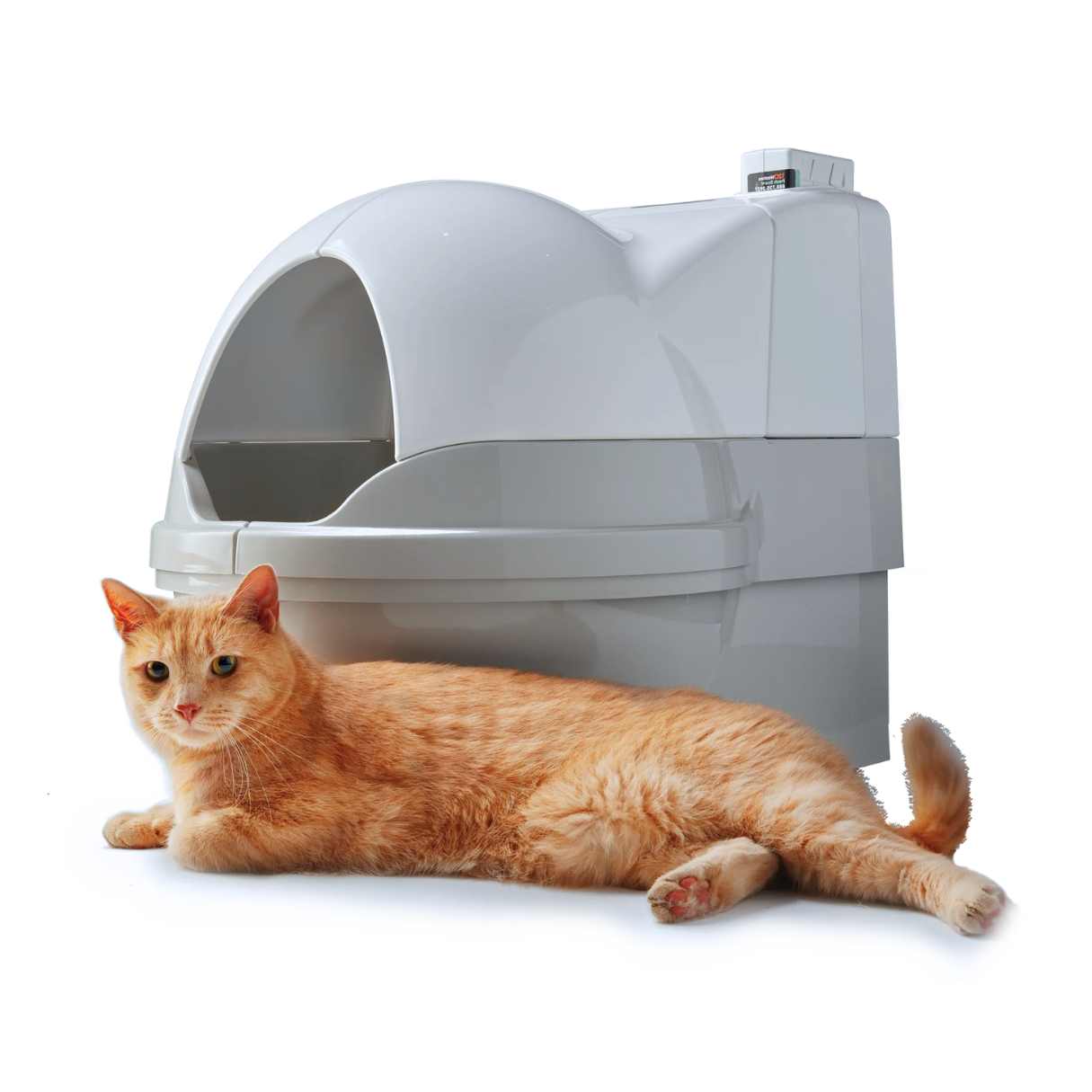
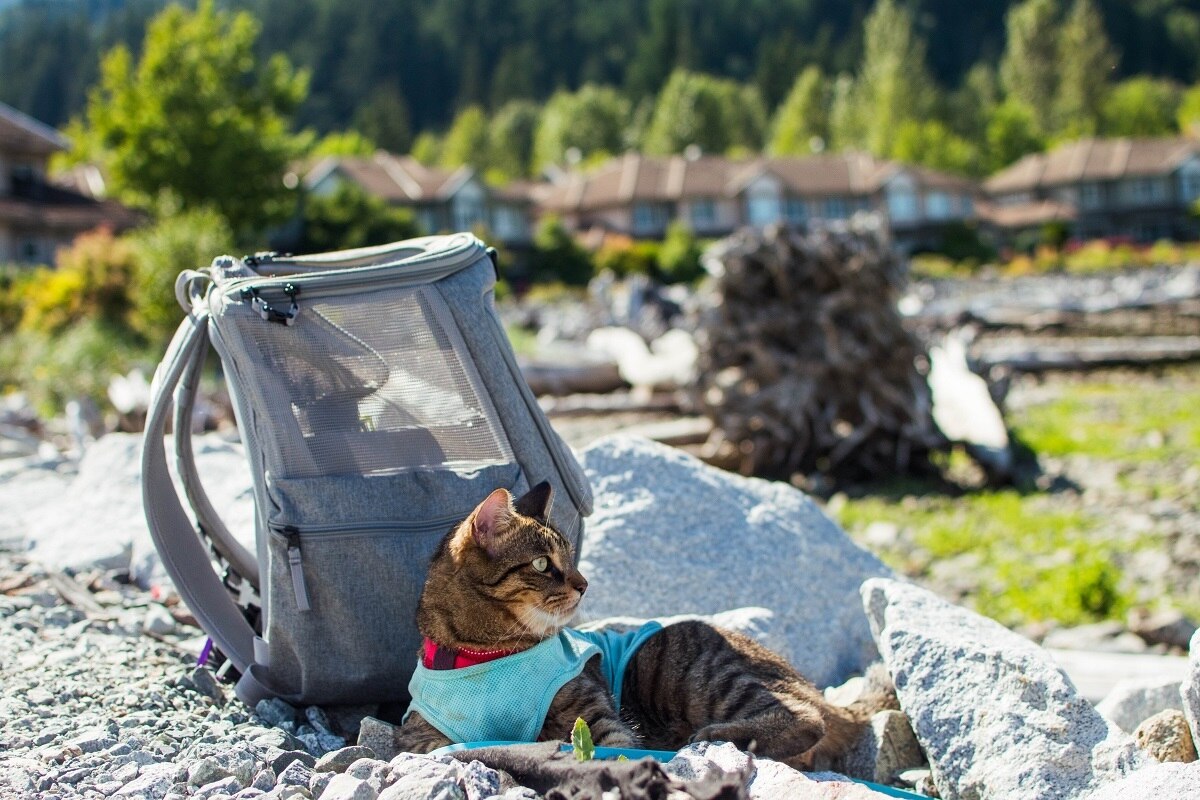
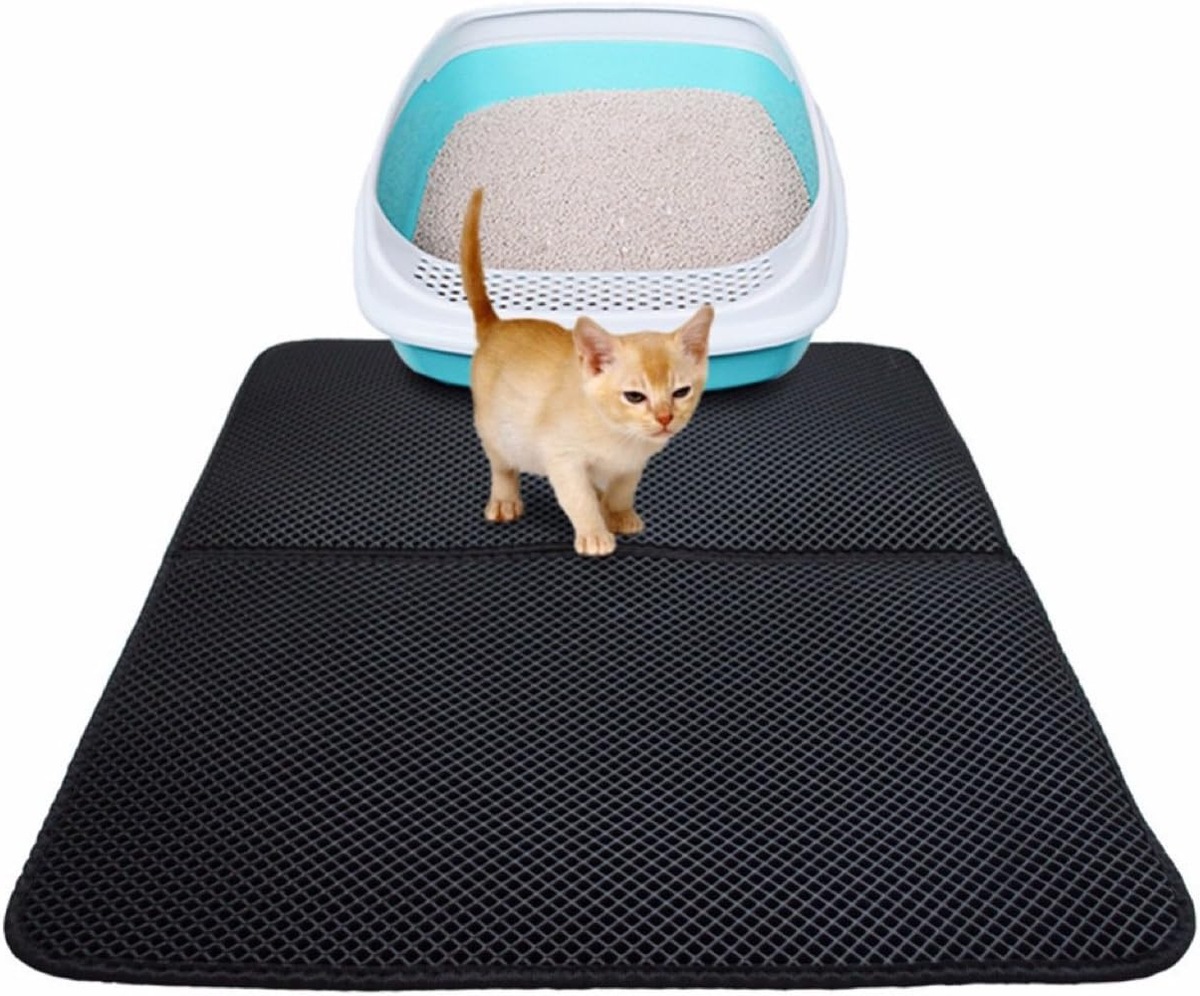
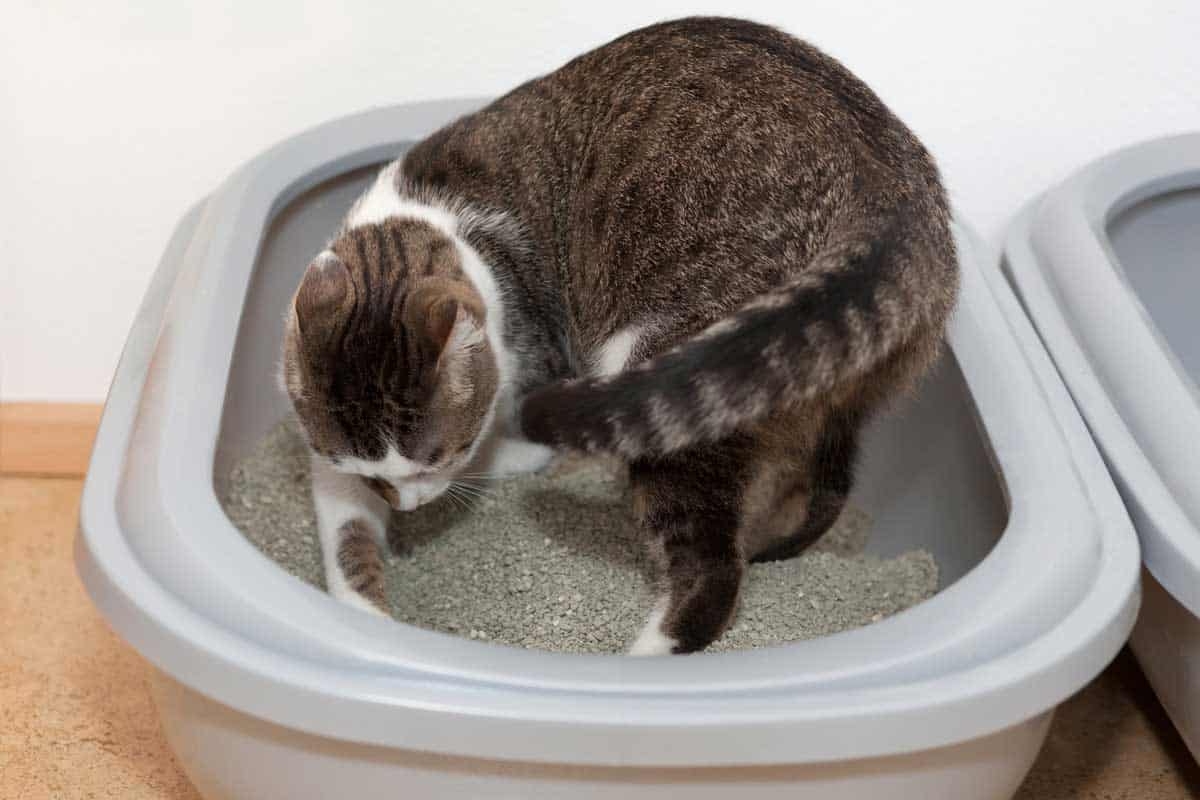
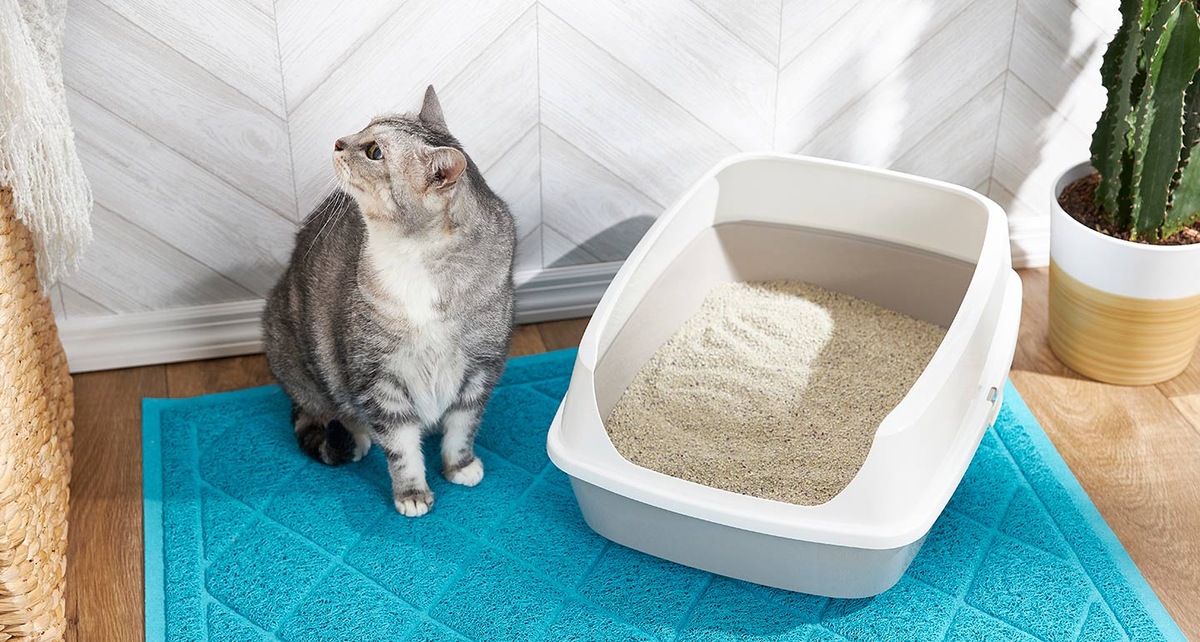
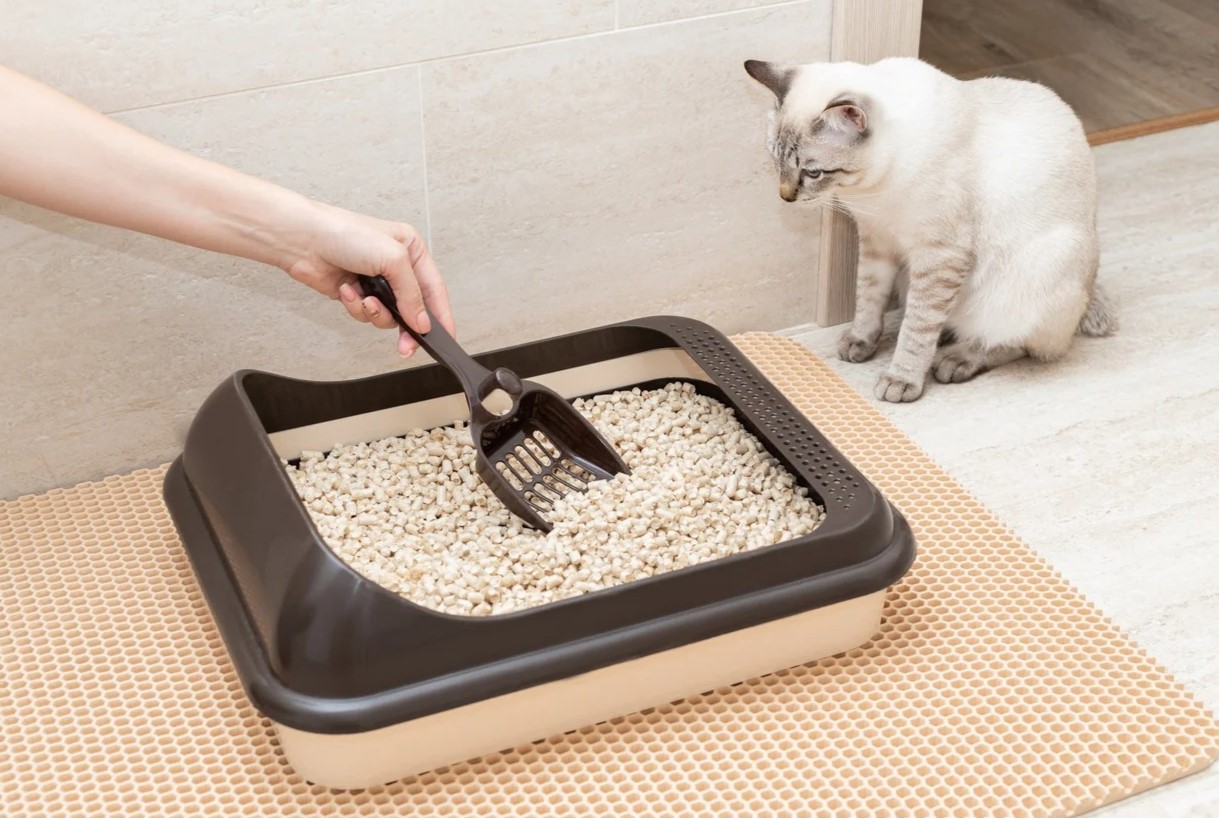
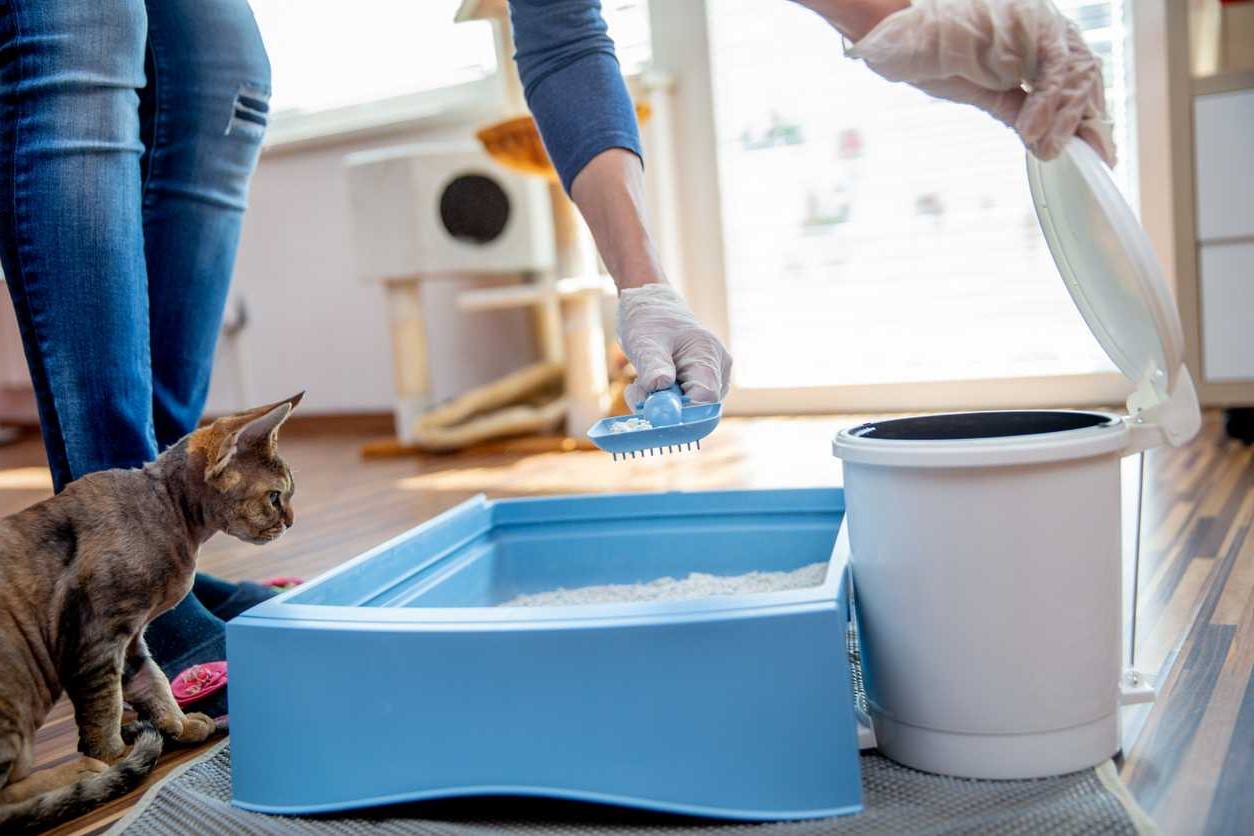
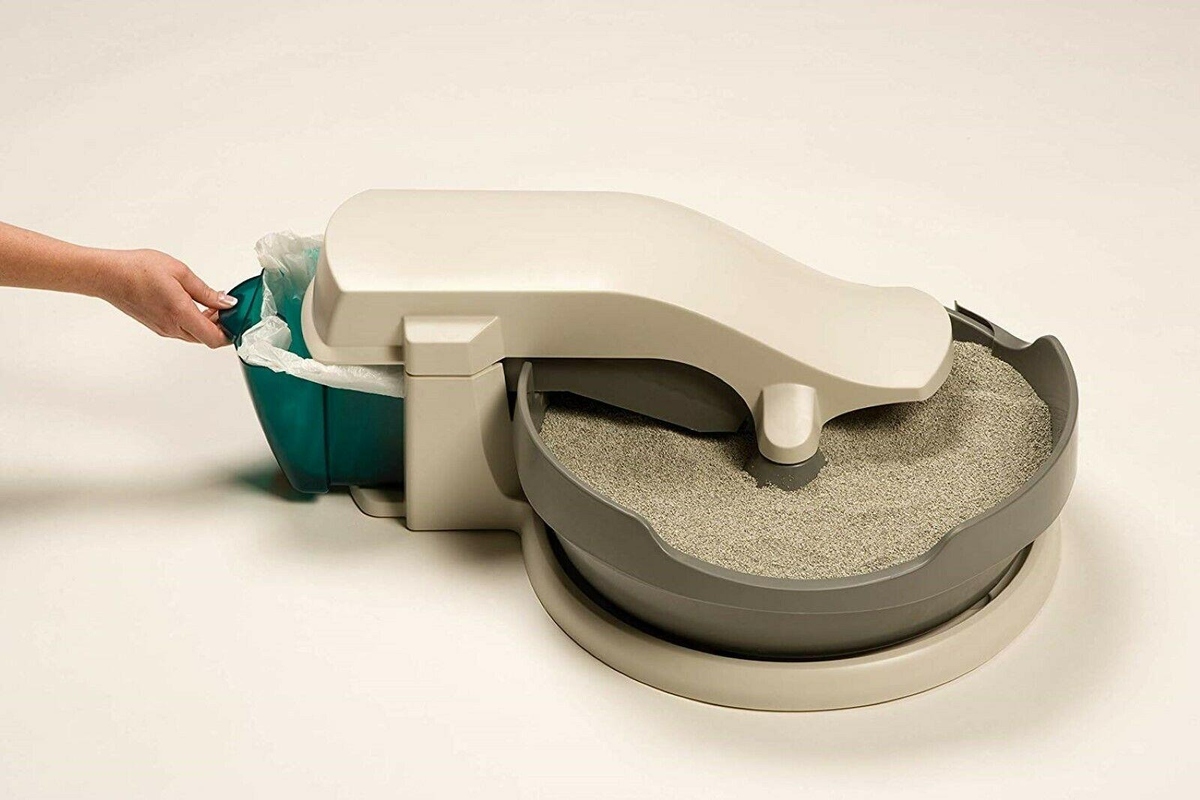
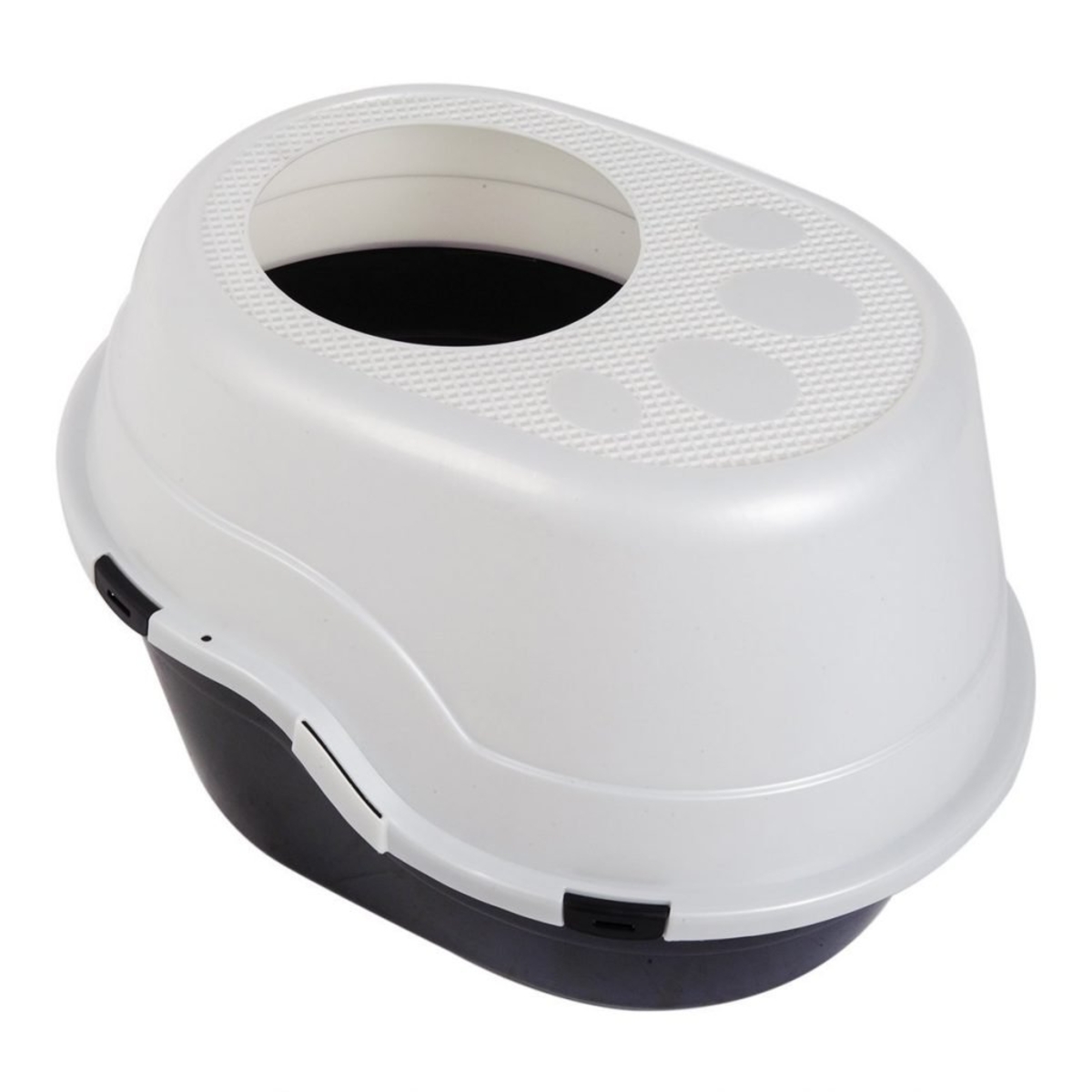
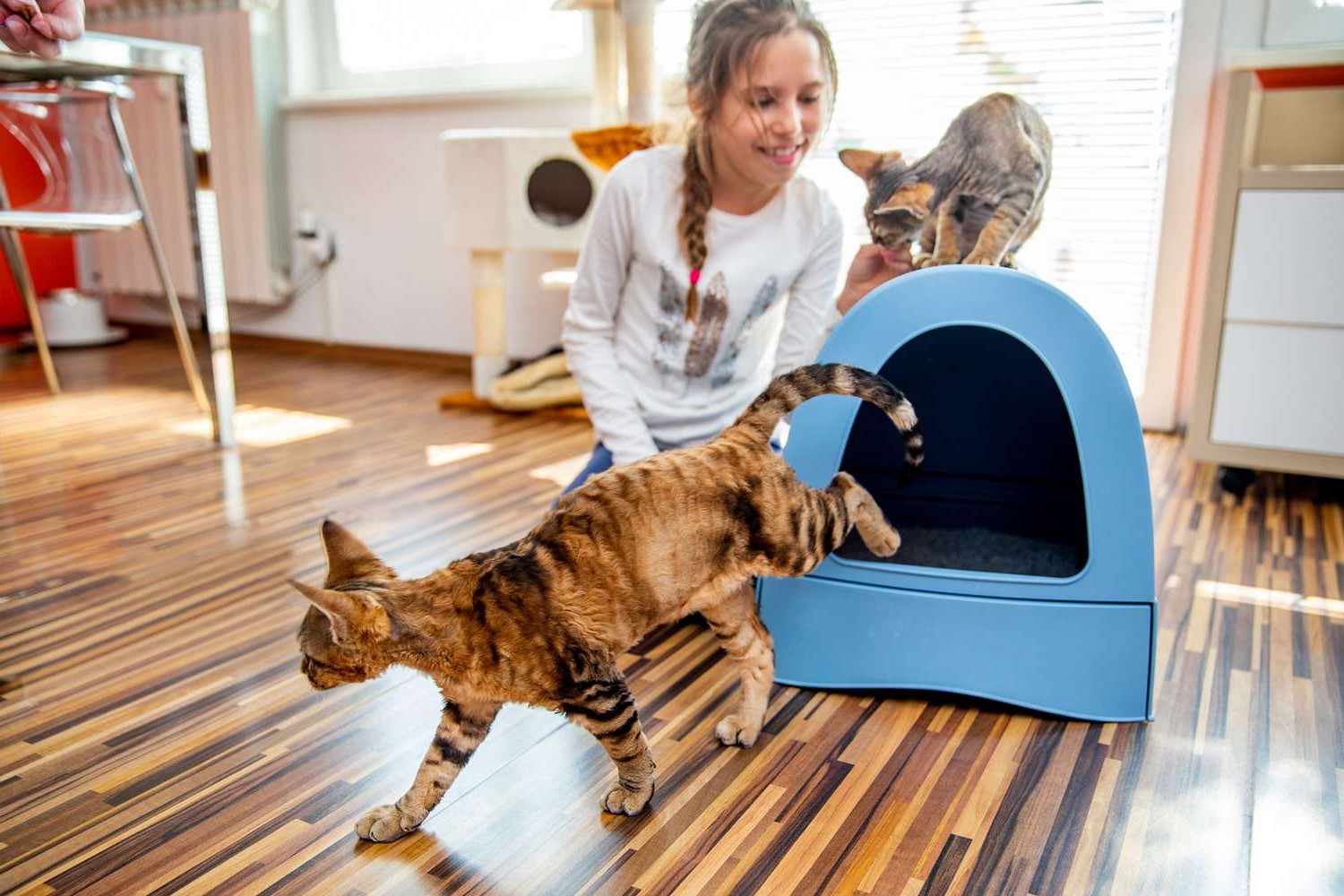
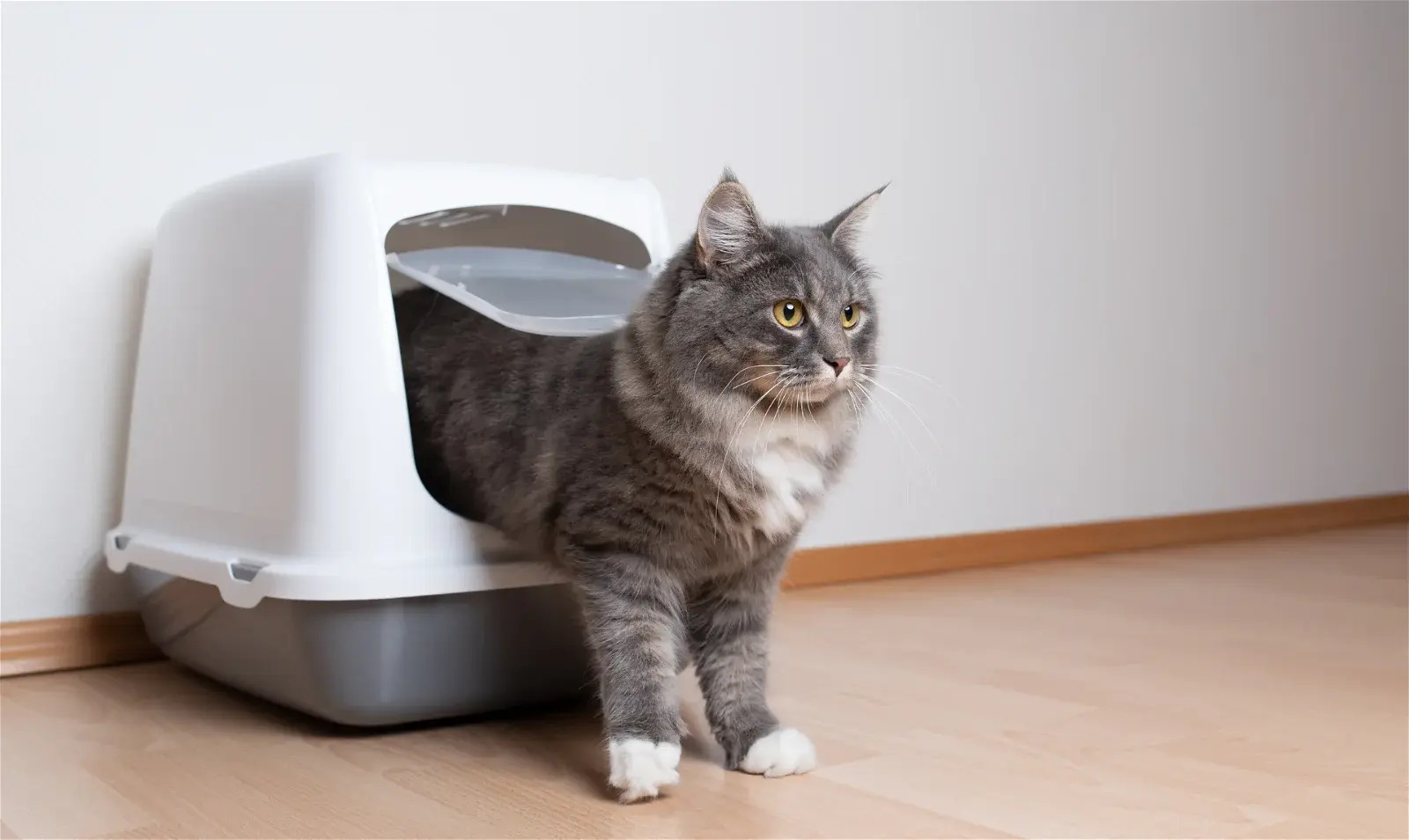

0 thoughts on “What Kind Of Litter Box Do Cats Prefer”